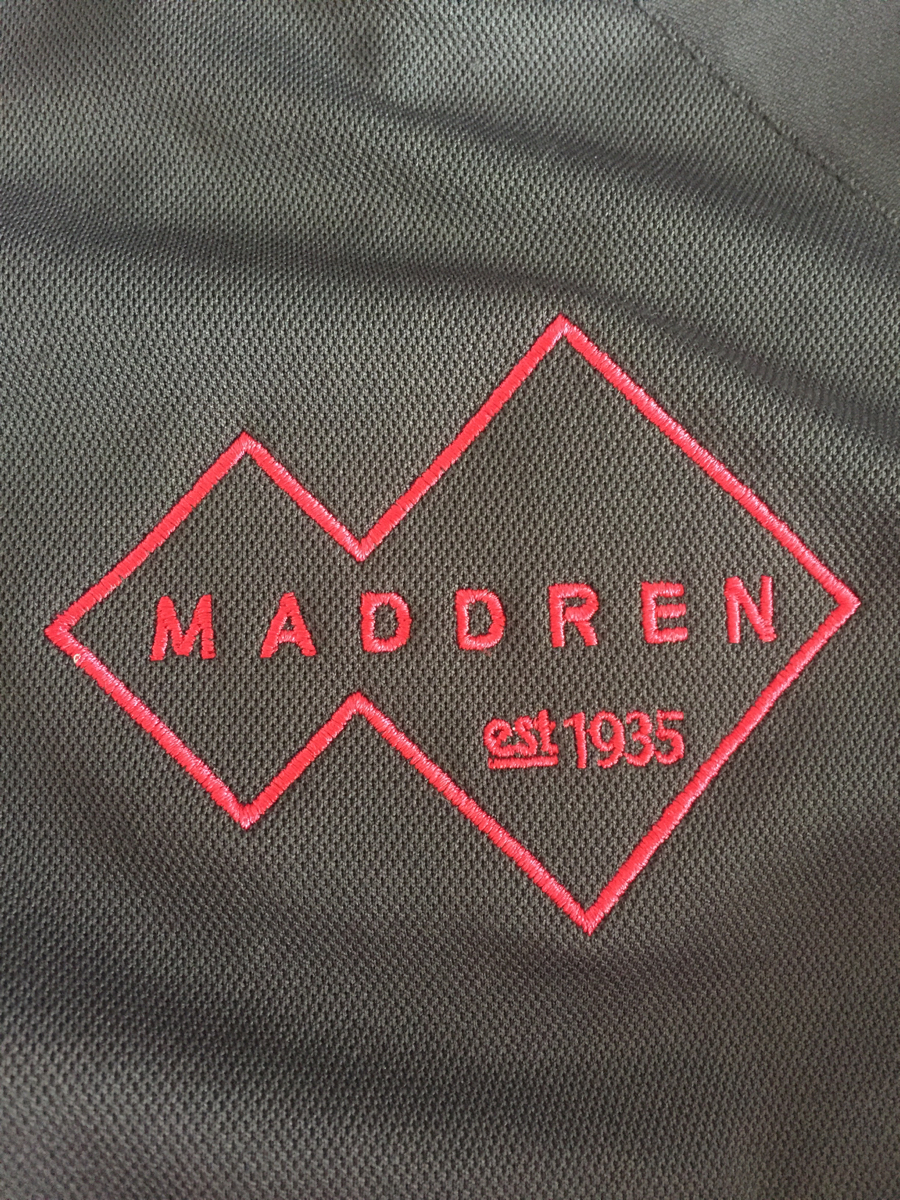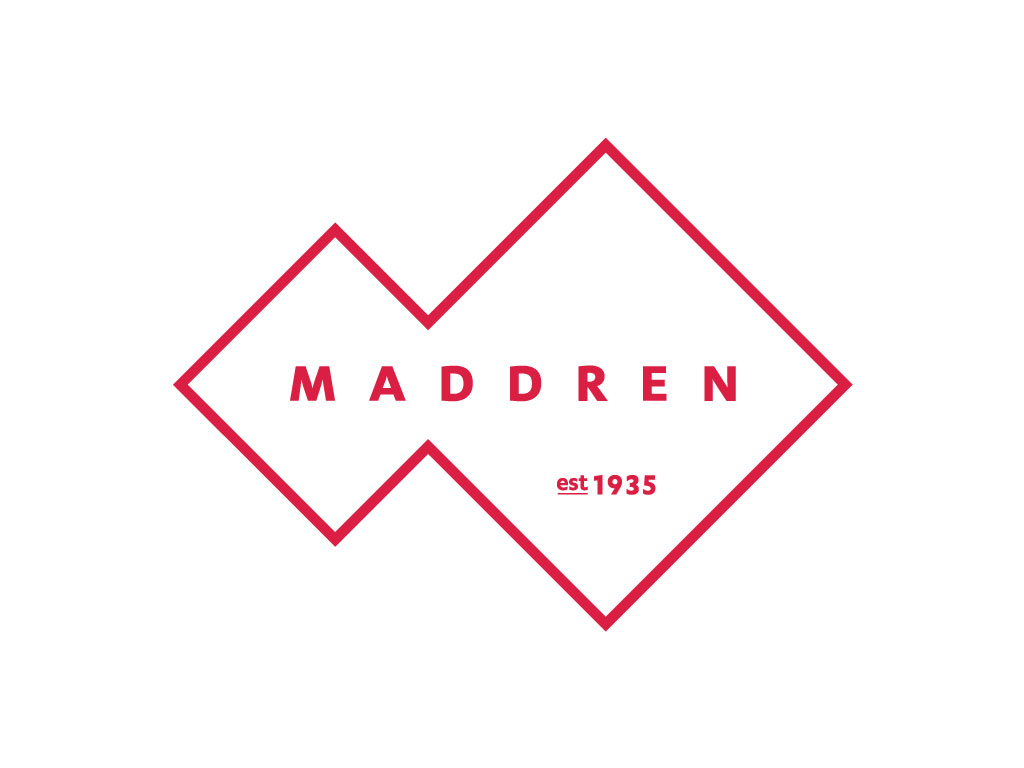Title Page
-
Document No.
-
Job Number
-
Conducted on
-
Prepared by
-
Location
COVID-19 Health and Safety Protocols for Maddren Homes LTD (MHL) Construction Sites.<br>
-
Wash/ Sanitize Hands and then Sign in, and complete the checklist below including the Site Review Checklist and Tool Box Meeting below
-
Ensure hand and spray sanitizer bottles are on site near the main entry points to the site,
-
Confirmation that no high-risk staff return to site at Alert Level 3 (e.g. over 70 <br>or those who are immune compromised). <br>
-
Ensure everyone on site is not sick, if they are, ask them to leave the site immediately.
-
Has everyone on site read, the COVID-19 Health and Safety Protocols for Maddren Homes LTD (MHL) Construction Sites.<br>
-
Must complete a post alert level 4 lockdown re-induction to the site with the <br>COVID-19 Controls Plan protocols before coming on site. <br>
-
Ensure everyone onsite has filled out the Site Register, If they haven’t help them fill it out
-
Take photo of Sign in Register, all pages
-
Each contractor must provide to MHL with a copy of their companies COVID-19 Plan, please send to reception@maddrenhomes.co.nz
-
All sites have clear entry / exit points and have clear signage (and fencing where <br>appropriate) to prevent members of the public from accessing site. <br>
-
Ensure a contact person is nominated on site when the supervisor is not present to convey for any COVID-19 concerns.
-
All people accessing site must sign in and sign out at each visit. This includes <br>companies making deliveries, Council Inspectors, and clients.<br>
-
Workers must be encouraged to suggest improvements or raise concerns. <br>
-
Sanitize all surfaces that are touched by contractors, Utilize appropriate detergents or disinfectant solutions for all site, equipment, and amenity cleaning. Make sure the workers have done there hand tools <br>
-
Check C19 site safety signs are still up and letterbox has a copy of MHL’s C19 policy, if not install new ones
-
Sign out, wash hands and use hand sanitiser before leaving the site
Site Review Checklist
-
PUBLIC SAFETY: the hazard board and barrier are in place, hazard board regularly updated
-
PERSONAL PROTECTIVE EQUIPMENT: PPE is being worn, is in good condition and used correctly
-
INDUCTION: All workers/ clients have been inducted to the work place.
-
TRAINING: All workers are competent for the work the are doing or are supervised by a person who- is an up to date training register is available.
-
PLANT & EQUIPMENT: is in good condition, regularly checked & recorded on a plant &I equipment register
-
HAZARDOUS SUBSTANCES: are recorded on a hazardous register, stored & handled as per HZSNO requirements. Saftey data sheets (SDS) are available in the workplace.
-
DELIVERIES & VEHICLES: there is an adequate set down area &vehicle access for site deliveries away from any pedestrians or work areas
-
TIDYNESS: the site is clean & tidy with no trip/slip hazards, clear access to work areas & waste bins are on site being used
-
NOTIFIABLE WORKS: have been reported to work safe NZ 24 hours prior to the start of work. Appropriate forms held on site
-
WORKING AT HEIGHTS: Appropriate fall protection is in place to Eliminate or minimise the risk of harm when working at heights.
-
SCAFFOLDING: Installed as per SARNZ best practice guidelines.
-
FALLING OBJECTS: Tools & materials are secured or work areas are cordoned to prevent objects falling onto workers when doing overhead work.
-
TOTAL RESTRAINT/ FALL ARREST SYSTEMS: Only used if no other fall protection options practical. Only NZQA trained workers. Equipment in good condition, set up correctly, regularly checked & certified.
-
ELECTRICAL APPLIANCES: All electrical leads & appliances are tagged & tested, RCDs are in place
-
FIRE: Combustible/ flammable materials properly stored/used, workplace is tidy with no rubbing lying around.
-
LADDERS: Used for short duration work or access to work areas only. No domestic ladders. The
-
HAND/POWER TOOLS: In good condition, have appropriate guards & workers have been trained in their use.
-
EXCAVATIONS: Are being conducted in accordance with approved code of practice.
-
NOISE: Levels are below 85 decibels or staff are wearing hearing protection.
-
CONFINED/RESTRICTED SPACES: Roof or under floor access requires appropriate training, a TA & must have specialised emergency procedures.
-
LIGHTING: Sufficient for task.
-
ROAD WORK: Traffic is being controlled where required as per traffic management best practice guidelines. Pedestrians are kept clear of work areas.
-
WORKER HEALTH: Environmental hazards ( biological/air contaminants etc). Are being managed appropriately eg. Through air monitoring/PPE, health monitoring etc. First aid trained workers & kits available on site
Toolbox Meeting
-
Discuss any hazards found during your site review which were not being managed.
-
Discuss the hazards of your current or upcoming work tasks Use the hazard cards as a memory jog and refer to the hazard ID, risk management or task analysis forms, complete prior to meeting ( see Saftey procedure cards ).
-
Discuss the risk controls to be used to manage these hazards Discuss how you will and or are controlling the risks ( Eliminate or minimise ) on site. Refer to the hazard ID, Risk management or task analysis forms, complete prior to meeting ( See Saftey procedure cards )
-
Discuss any accidents events or near miss incidents that could have caused injury or illness. Ensure any lessons are discussed with everybody working on the site. Include incidents or events that have happened on other sites.
-
Discuss the emergency plan and its content Ensure you remind everyone where it is located and all of its content
-
Discuss induction procedures. Ensure everyone has been inducted to site as per the job, client and visitors inductions cards. Remind workers of sites Viator protocols and rules. Eg. Stop, down tools and escort whist on site
-
Discuss training and supervision. Ensure all workers are competent to do the work or are directly supervised by someone who is. Inexperienced workers eg. An apprentice, volunteer or person on work experience must be supervised. Identify any training needs required eg. Heights courses, handlers licence, first aid, manual handing etc.
-
Discuss personal protective equipment ( PPE ) Remind workers of the minimum workplace PPE required eg. Boots, Saftey glasses, hearing protection, high visibility vests etc. ensure PPE is in good condition and fit for purpose. Remind workers to check that specialist PPE is certified, tagged or tested before use. Eg harnesses, RCDs, leads, electrical equipment, scissor lifts etc. Note minimum PPE in comments below.
-
Discuss hazardous substances ( if applicable ) Discuss location of hazardous substance register and all the supporting Saftey data sheets ( SDS ) discuss the correct storage, handling and disposal requirements and ensure appropriate PPE is being worn
-
Discuss other site Saftey procedures Discuss any specific site rules as outlined on the visitor induction procedure cards eg. No children, no Animals on site, site security rules etc.
-
Discuss other health and Saftey concerns. Record any concerns and how you will address them and who will be responsible. Discuss the outcome or decisions reached around any previous concerns or issues.
-
Discuss general business Discuss any non health and Saftey General business and record below.
-
Check for any near misses and fill forms out. Keep forms on you at all times, export to Job file once complete
-
Add signature
-
Add signature
-
Add signature
-
Add signature
-
Add signature
-
Add signature







